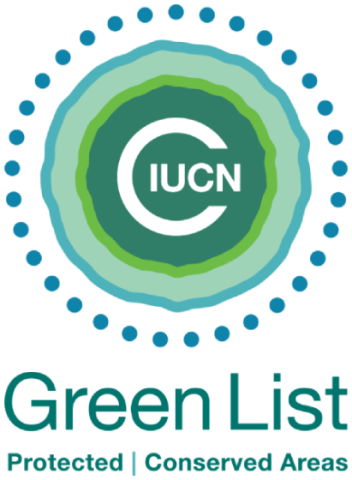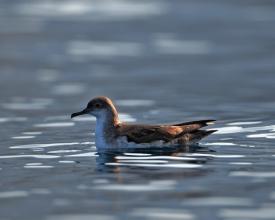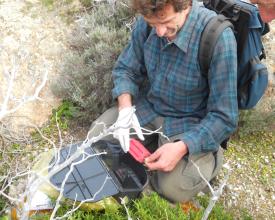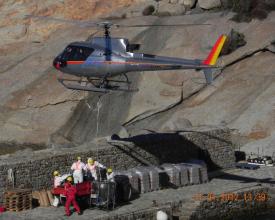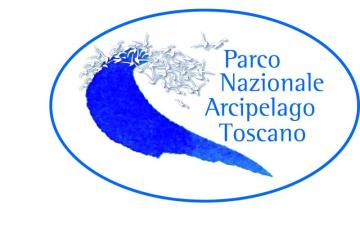
Reductions of IAS impacts in Montecristo Island - Tuscan Archipelago National Park (Italy)
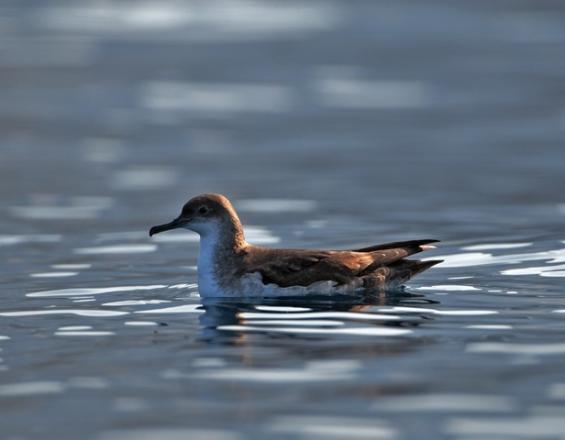
Montecristo Island, nature reserve in the Tuscan Archipelago NP, hosts a relevant population of breeding Yelkouan Shearwaters, Puffinus yelkouan. The main local threat that had been identified was rat predation. Black rats, Rattus rattus, were also believed to affect negatively rejuvenation of plant communities in particular the holm oak stands. Project Life08 NAT/IT/353 Montecristo 2010 included a large action of rat eradication carried out in winter 2011/12. Activities started in 2010 with preliminary tests and protocol definition for toxic bait amounts and delivery. The latter rodenticide distribution took place from helicopter, except in a 25 ha area treated by bait stations. In the following breeding season, 2-6 months after bait delivery, positive consequences were already observed, such as a shearwater maximum productivity recorded for 95% of pairs, and from next autumn no impact was observed on oak seeds. After prolonged monitoring, the island was declared rat free in 2016.
Context
Challenges addressed
Location
Impacts
The eradication of rats from Montecristo Island immediately improved the reproductive success of the Yelkouan Shearwater (the breeding population is estimated at around 400 -750 pairs), going from 0 to an average of 85%. Eradication, nevertheless, greatly benefitted many other species of birds, vertebrates and plants. The eradication operation was marked by a high level of technical innovation for the European continent, due to the use of specific software and equipment for the aerial distribution of the bait. The execution of this operation was useful for planning the eradication of the rat on Tavolara Island (Sardinia, Italy). The aerial distribution in Montecristo Island was also useful for discussing the shortcomings in Italian and European regulations in this regard, identifying some main issues.

